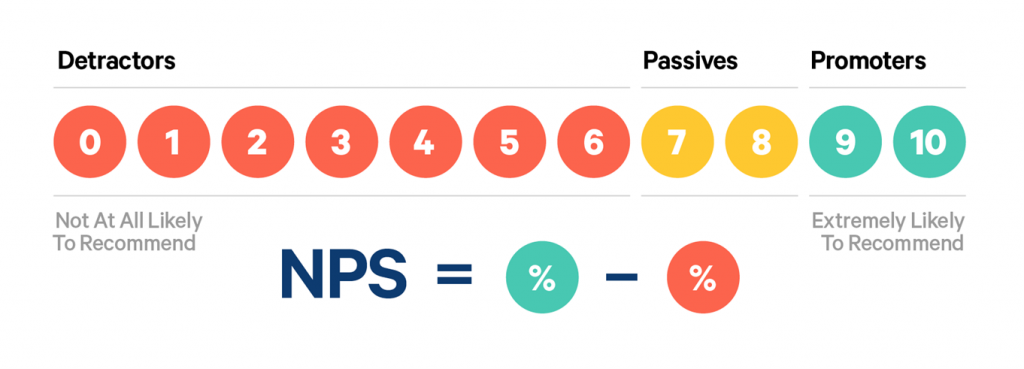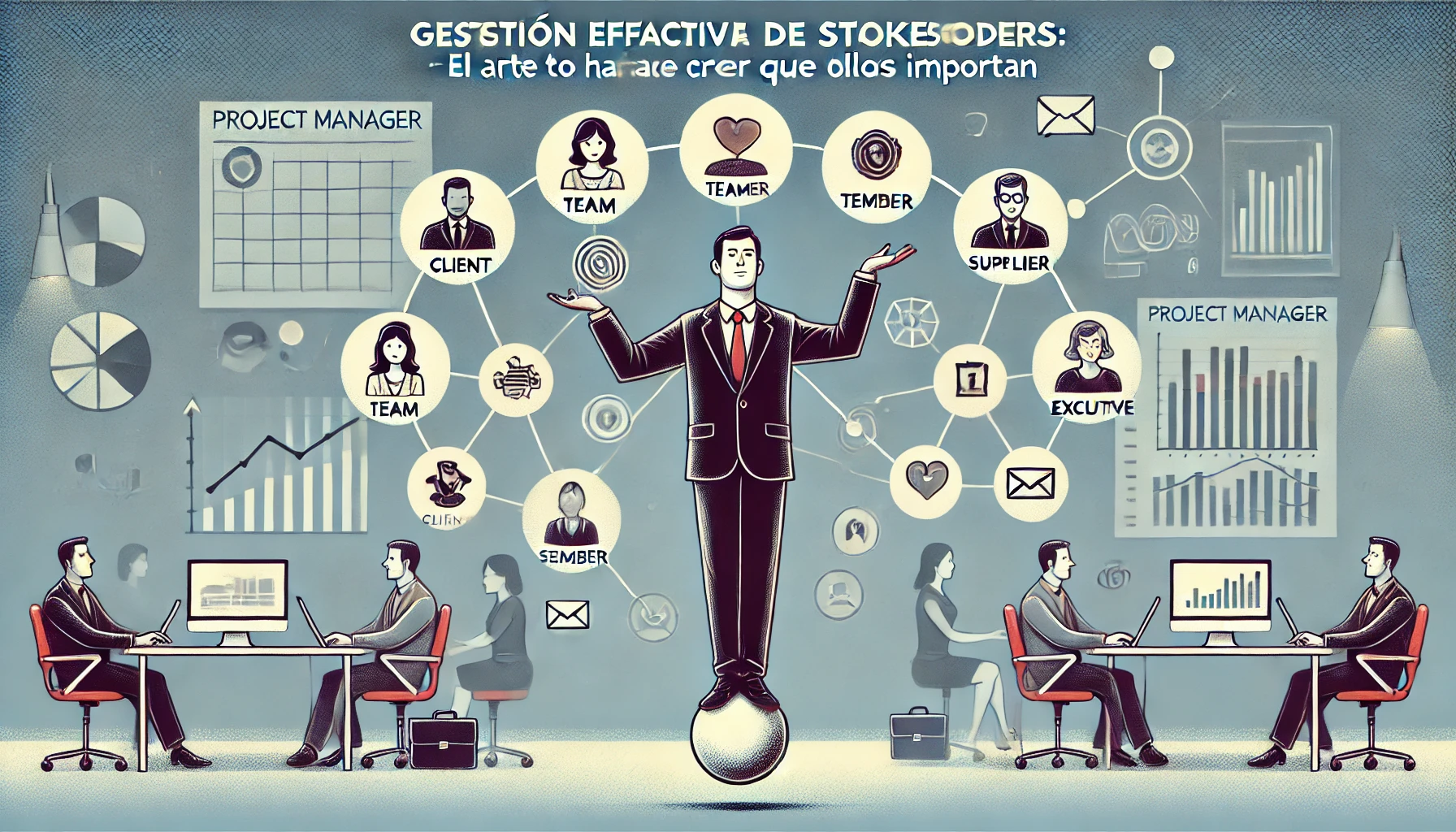In the previous article we told how Agile can fall short when we really want to make a transformation of the organization that generates a real impact on the objectives of the company. By the way, if you haven’t read it, you can find the article here.
Today we are going to delve into one of the 6 dimensions that, in my opinion, must be developed to improve Business Agility: Customer Centricity.
Customer Centricity or Customer in the center
We understand Customer Centricity as the ability of organizations to put the customer at the center of their business strategy.
“The reality is that the vast majority of companies, do not have their customer sufficiently present”.

By Customer Centricity, I mean companies that not only know who their customers or users are, but also seek to understand them, understand their needs, the benefits they are looking for, etc.
Most companies claim to have customers at the center of their strategy, but the reality is that the company’s focus is on increasing sales and profits in the short term. They do not focus on better understanding their customers in order to provide them with more value in the medium or long term.
In spite of this, we are faced with the advertising discourse of “our customers are our priority”, are you sure? If this were the case, they would probably not be so focused on short-term results such as the number of sales or profits. Rather, all business decisions would be made with the objective of bringing more value to the customer.
An example of this type of company was Michelin:
François Michelin decided, against the advice of his entire Board of Directors, to introduce a technology that would increase tire durability by a factor of three, which would affect sales in the following periods. Result: leaders for 30 years!
“Is it good for the customer? Then it’s good for us.”
François Michelin
In the business landscape we can easily differentiate between two types of companies: “Organization Centric” and “Customer Centric”.
Differences between Organization Centric and Customer Centric
There are numerous differences between the two types of organizational approaches:
When it comes to making decisions, some make them with only the company’s interests in mind. On the other hand, few companies make decisions with the interests of their customers or users in mind.
When we analyze the relationships they establish with customers, we again find two opposing positions. For Organization Centric (OC) companies, the customer is simply a means to achieve their objectives. While for Customer Centric (CC) organizations, the customer is the goal, the end of the company.
Both companies need to sell to survive. Being customer-centric does not mean that we do not need revenue to be competitive in today’s marketplace. Once again, the two companies differ in this respect. OC companies are looking to push their sales to customers, get them to buy more or increase the average ticket price. However, CC companies seek to attract customers by providing them with more value.

An essential first step to change the company’s approach is to understand our customers are the “Persona” or the “Empathy Map”.
Customer Centricity Tools
The tools associated with customer centricity are not only to know and classify customers, but also to understand them: to understand what their motivations are, their fears or the benefits they are looking for or what problems they have and want to solve.
Here you can find an example of what the “Persona” tool is and how it works:
How well do you know your customer?

Another tool widely used for this purpose is the empathy map. The empathy map has a format that seeks to describe the ideal customer of a company by analyzing various aspects related to human feelings. This is usually done on the basis of questions that help us to define the different areas of the person and then to understand and get to know the client and know how to relate to him/her.

Customer Centric Metrics
If we really want to transform the company’s approach, we must start measuring what really matters: our customer.
“You can’t manage what you can’t measure.”
Peter Druker
Obviously we need metrics that reflect customer interests, some examples of metrics are:
- Churn Rate: is a metric that measures the number of customers and subscribers that have stopped following a company (or have started following it) over a long period of time.
- Lifetime: is a metric that indicates the length of time a customer remains loyal to our company or products.
- NPS (Net Promoter Score: It is the indicator (and a tool) that allows us to measure the degree of loyalty of our customers.

But be careful with the NPS, it can be one of the most biased metrics that exist and we find examples of “manipulated” NPS:

In the next article we will delve into another dimension of Business Agility, the Customer Experience.



